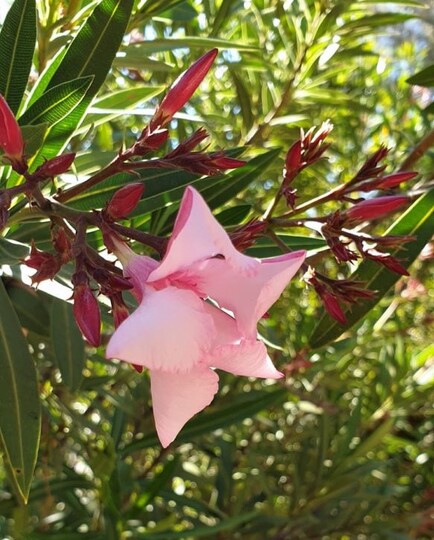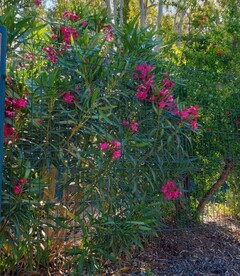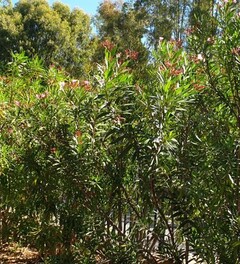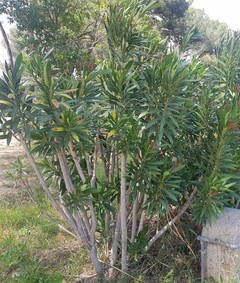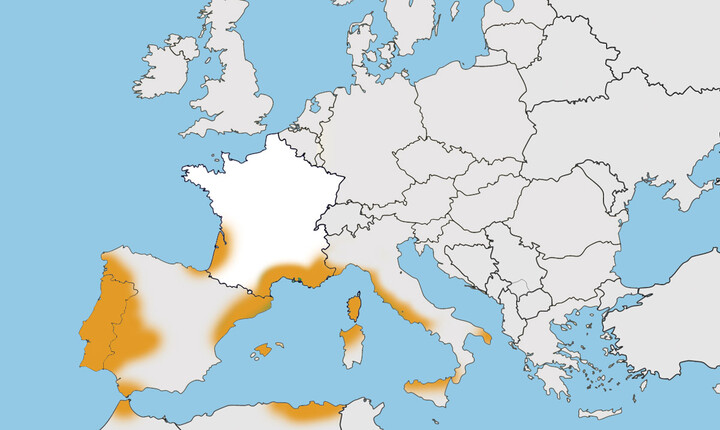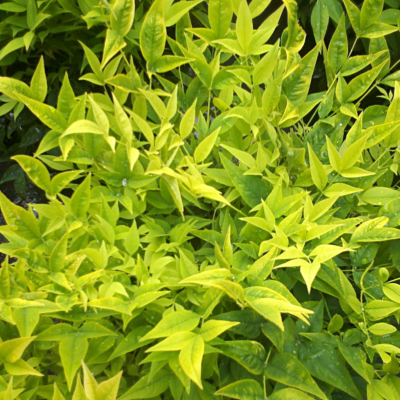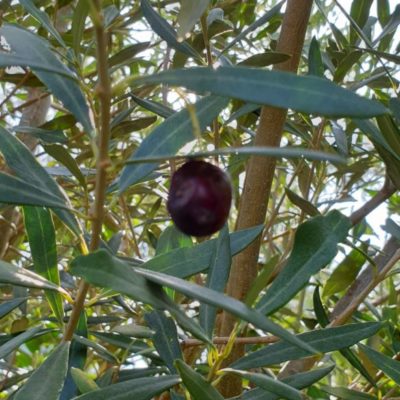Oleander
Presentation
A stunning palette of colours
Oleander, also known as Nerium oleander or Nerium, is an evergreen shrub reputed for its beauty and resilience. Originating from Mediterranean regions, oleander is widely grown in warm climates across the world for its spectacular flowers and ability to thrive in harsh environments. You will, of course, find it on show at our four-star campsite Les Jardins de La Pascalinette ® in the Var area, French Riviera-Côte d’Azur!
Oleander blooms come in a variety of vibrant hues, including white, pink, red and salmon.
The contrast between the plant’s glossy, dark green leaves and dazzling flowers makes it a popular ornamental choice for gardens, parks and landscaped areas.
Mainly planted in hedges, oleander blooms throughout summer, from April to October. So, whatever period you choose for your holiday in the Var area, you will be able to admire it at the campsite!
Caution, toxic!
As magnificent as it may be, oleander is unfortunately highly toxic. Its leaves, flowers, etc. and even the mushrooms that sometimes grow at its feet are poisonous and should certainly not be confused with the bay tree or laurustinus, both present at the campsite too.
Oleander is a beautiful and resilient shrub, adding a splash of colour and vitality to the landscapes in which it thrives. With its dazzling flowers and ability to withstand the harshest environments, it is a very popular plant throughout the warm regions of the world.
Where to find it at the campsite
You’ll find oleander growing between several of the campsite’s pitches, as well as along the night car park (nr. 20), at the entrance to the campsite (“Jardin de l’Entrée” nr. 4 on the botanical footpath plan).
Identity
| Latin name : | nerium oleander |
|---|---|
| Family : | apocynaceae |
| Genus : | nerium |
| Color : | White, pink, red, salmon, yellow, fuchsia |
| Subspecies : | quamoclit |
| Origin : | Mediterranean |
| Foliage : | Evergreen |
| Port : | Shrub |
| Height : | Up to 4 m |
| Flowering : | April to October |
| Location : | On either side of the campsite entrance, along the night car park and between pitches. |
Did you know?
All parts of the oleander bush contain oleandrin and are very toxic to humans and animals.

